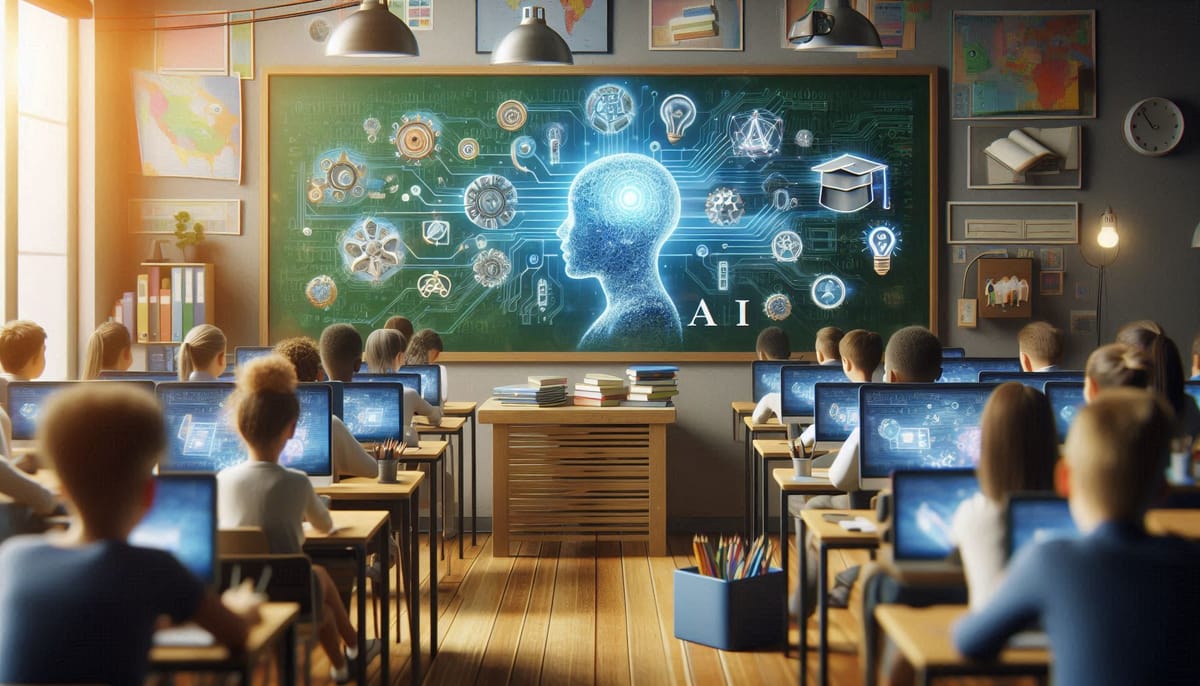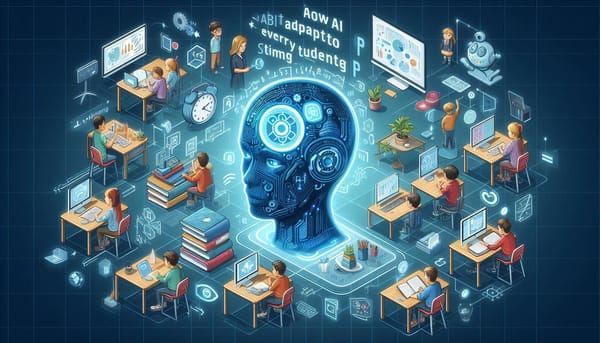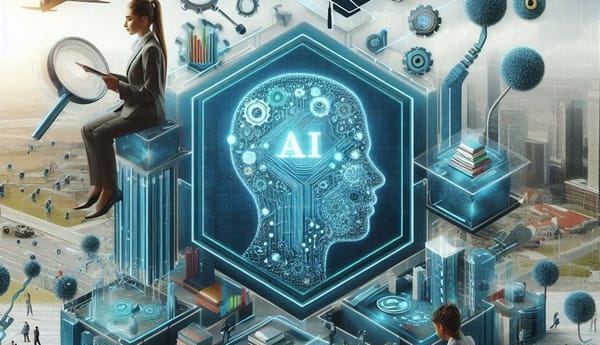How AI Is Transforming Classroom Learning: Real Stories and Tangible Impact

Artificial Intelligence (AI) is no longer just a futuristic buzzword—it’s here, actively reshaping classrooms around the globe. Whether it’s helping teachers save time or offering students personalized learning experiences, AI is making education smarter, more inclusive, and more effective. Let’s take a closer look at how AI is revolutionizing education with real-world examples and measurable results.
Personalized Learning: Meeting Students Where They Are
Imagine a classroom where every student gets a lesson tailored to their unique needs. AI-powered systems are making this possible by adapting lessons in real time based on how students respond to questions. For instance, if a student struggles with fractions, the system adjusts to provide extra support in that area.
This approach has proven to boost academic performance significantly. Studies have shown that personalized learning powered by AI can lead to improvements in comprehension and retention, helping students stay engaged and build confidence by learning at their own pace.
AI also excels at supporting diverse learners. Students with disabilities or language barriers can benefit from tools that adapt content to their strengths, creating an inclusive environment where everyone can thrive.
Automated Grading: Giving Teachers Their Time Back
Grading papers is one of the most time-consuming tasks for teachers. AI-powered tools are changing that by automating the grading process for essays and short answers. These systems analyze assignments against predefined rubrics, ensuring consistency and reducing human bias.
Research indicates that automated grading systems can reduce biases related to gender or ethnicity while maintaining fairness and accuracy. Beyond fairness, this technology gives teachers more time to focus on what really matters—teaching and connecting with students.
Another perk? Faster feedback for students. Instead of waiting days for their grades, students can quickly identify mistakes and work on improving them, keeping motivation high.
Real-Time Analytics: Spotting Problems Before They Grow
Teachers often juggle dozens of students, making it hard to spot when someone is falling behind. That’s where AI-driven analytics come in. These platforms track student performance in real time, identifying areas where they’re struggling.
For example, if a student consistently misses questions about photosynthesis in biology class, the system flags it so the teacher can provide targeted help. Studies have found that using such tools can improve academic performance by identifying gaps early and addressing them effectively.
This kind of insight is especially valuable in larger classrooms, where individual attention can be limited. With AI as a partner, teachers can ensure no student slips through the cracks.
Enhancing Inclusivity: Breaking Down Barriers
AI is also leveling the playing field for students with special needs. Assistive technologies like text-to-speech tools or translation features help students with dyslexia or language barriers better understand their lessons. Research has shown that these tools significantly improve comprehension for students with learning disabilities.
Additionally, AI makes it easier to provide accommodations like extended test times or alternative formats for assignments. By adapting to individual needs, these tools create an environment where every student has an equal chance to succeed.
Preparing Students (and Teachers) for the Future
AI isn’t just about improving today’s classrooms—it’s preparing everyone for tomorrow’s challenges. These technologies empower educators to design more effective lesson plans while offering students personalized learning experiences that align with their strengths and interests.
Reports show that schools adopting AI tools have seen significant improvements in student engagement and academic outcomes. As these technologies evolve, they’ll continue to open new doors for personalized learning and efficient teaching practices.
In Summary: A Smarter Way to Learn
From personalized lesson plans to faster grading and real-time analytics, AI is transforming education in ways we couldn’t have imagined just a decade ago. By making classrooms more inclusive and efficient for both students and teachers, AI is setting the stage for a brighter future in education.
The future of education is here—and it’s powered by AI. The question now isn’t whether schools should adopt these tools but how quickly they can integrate them into their classrooms to unlock every student’s potential.


